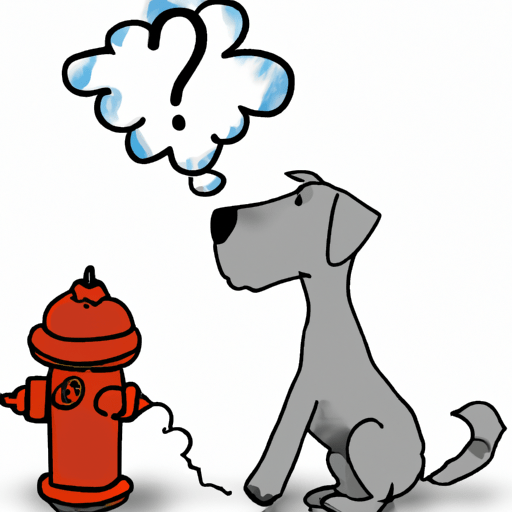Understanding Your Dog’s Bathroom Behavior
As a caregiver, you might have noticed your furry companion raising a leg while answering nature’s call. This behavior is not simply a quirky canine habit but an intriguing aspect of dog communication. Dogs are social creatures, communicating not only through barks and tail wags but also through their urine.
The Science Behind the Leg Lift
Dogs lifting their leg to pee can be attributed to their need to mark their territory. Here’s how it works:
- Territory Marking: Dogs use urine to mark their territory, asserting dominance and keeping potential rivals at bay.
- Heightened Scent: By lifting their leg, dogs can aim higher and spread their scent further. This sends a stronger message to other dogs about their presence.
- Sexual Signaling: For male dogs, in particular, lifting a leg to pee can also signal availability and interest to potential mates.
Differences in Gender and Age
While both genders can lift their leg while peeing, it’s more common in males. It’s interesting to note that:
- Male dogs usually start lifting their leg to pee when they reach sexual maturity, around six months to one year old.
- Female dogs, though they can lift their leg, typically squat to pee.
| Gender | Typical Behavior |
|---|---|
| Male | Lift Leg |
| Female | Squat |
How Dogs Learn to Lift Their Leg
Dogs learn this behavior through a combination of instinct and social learning.
- Instinct: Lifting a leg to pee is a natural instinct for many male dogs.
- Observation: Dogs can also learn this behavior by observing other dogs.
Frequently Asked Questions
To further understand this behavior, let’s tackle some common questions:
Why don’t all male dogs lift their legs to pee?
Not all male dogs lift their legs to pee. This behavior can be influenced by factors such as age, neutering, and social environment.
Do female dogs ever lift their legs to pee?
Yes, some female dogs do lift their legs to pee, though it is less common than in males.
Is a dog’s leg lifting an indicator of health issues?
No, leg lifting is a normal behavior. However, changes in your dog’s usual bathroom habits could indicate a health issue and should be discussed with a vet.
Remember, as a caregiver, understanding your dog’s behavior helps you provide better care and strengthen your bond with your beloved pet.



